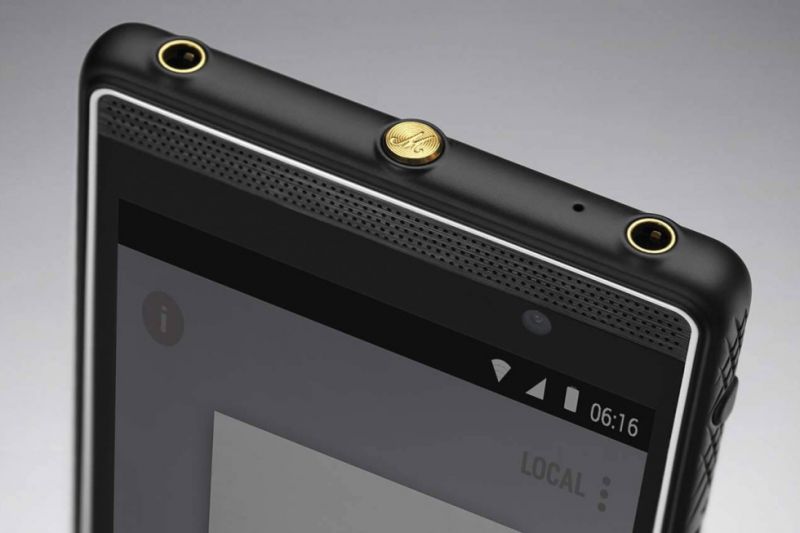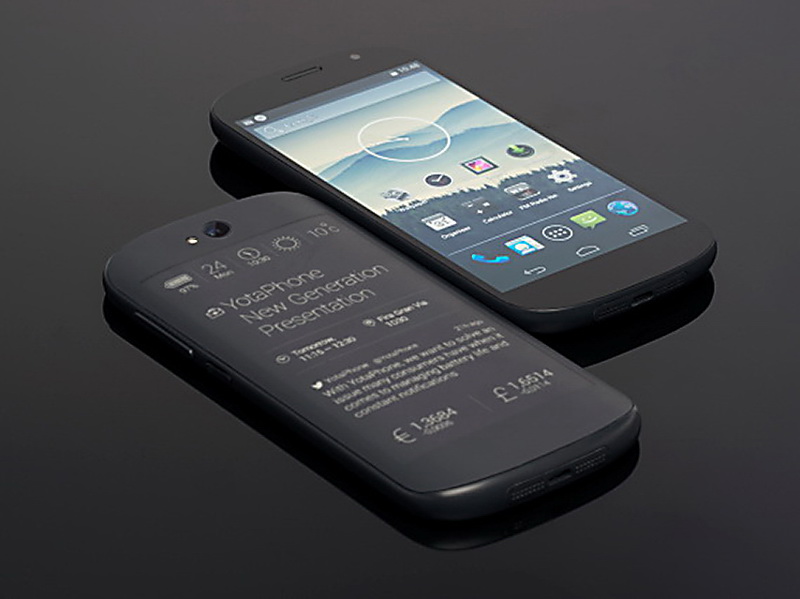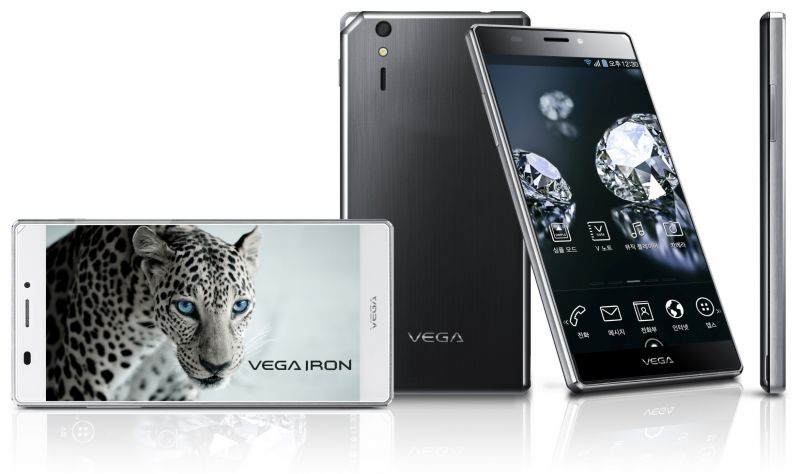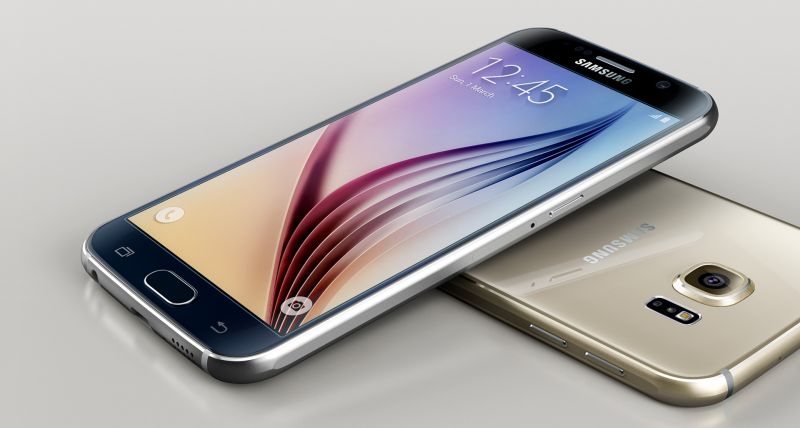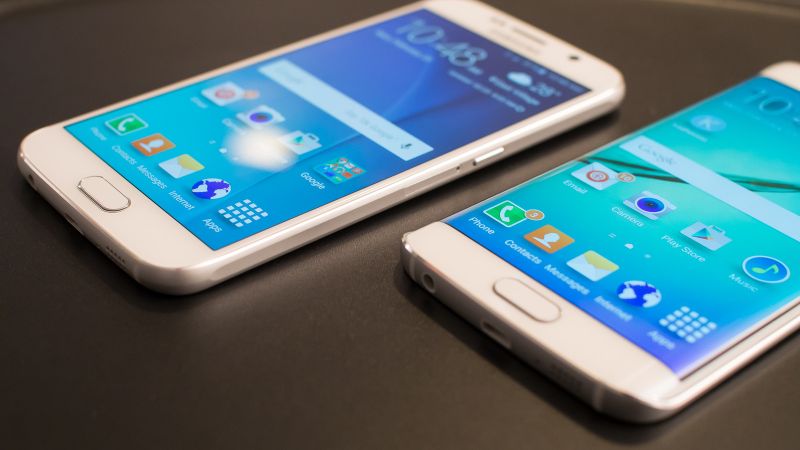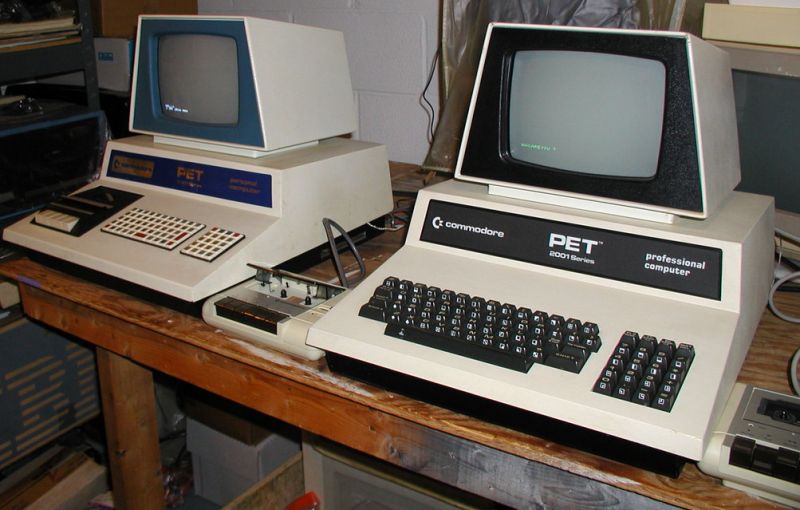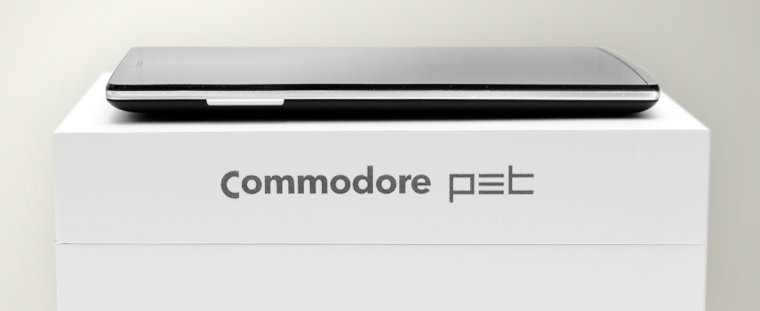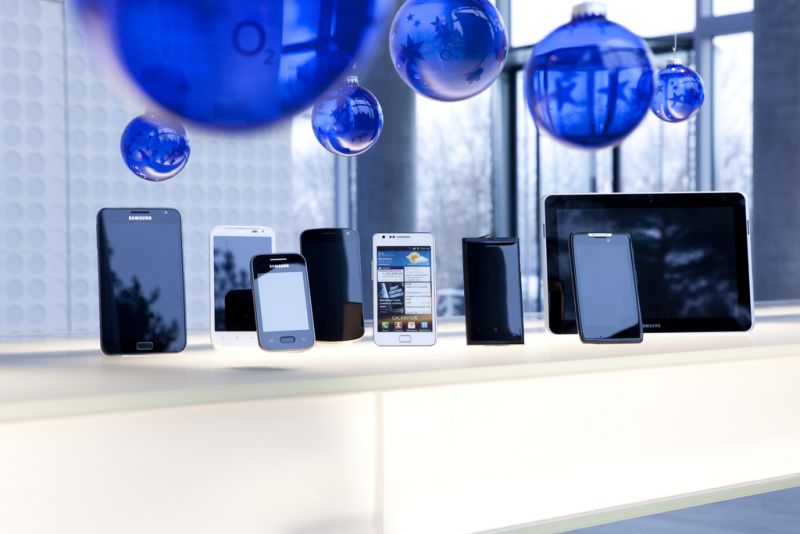Recently, Sony has announced their brand new Z5 lineup and it’s looking pretty decent from a first glance. However, there is one thing about the new lineup that has got me thinking. In a similar move to other manufacturers, Sony will now offer a range of three different devices, all at varying price points and hardware features.
The most expensive will be the Sony Xperia Z5 premium, which as the name suggests, will be available for a high price at the exchange for some extra premium features. The idea behind Sony’s Premium offering is fairly straight forward – Sony is trying to carve out a niche with their smartphone lineup that stands out from the crowd.
So, as a quick buyer’s guide, the Sony Xperia Z5 premium is pretty much the most impressive device on the market in terms of specs right now, but it’s price is quite high. Here’s a quick overview.
- 4K display (2160 x 3840 resolution)
- ~806 ppi resolution density
- Snapdragon 810 (Quad core 1.5GHz A53 & Quadcore 2.0GHZ A57)
- Adreno 430 GPU
- 3GB RAM
- 32GB Internal, up to 200GB microSD support
- 23MP camera
- 3,430 mAh battery
- Dust-proof and water resistant (IP68 certified)
So as you can see the Xperia Z5 Premium is the beefiest smartphone on the block right now, but I’m not so sold on the “premium” idea. Here are a few reasons why.
It’s Not the Best it Could Be
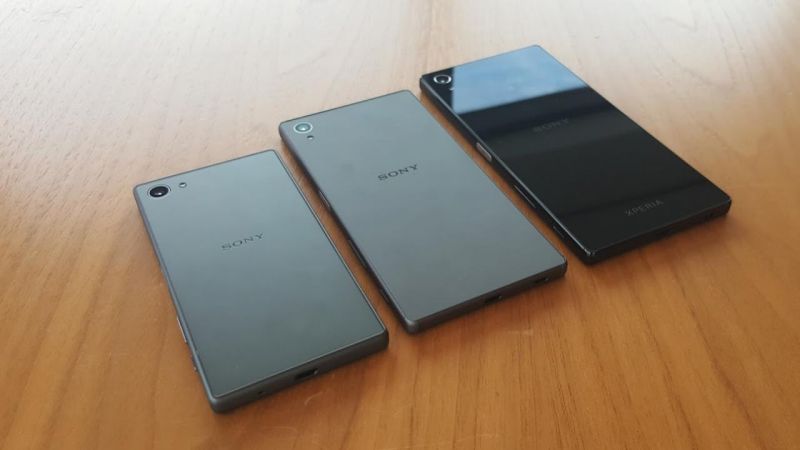
So the idea is that you purchase a premium smartphone, with additional features and some tech that you won’t probably ever need in real life at a very hefty price tag. The trouble is that, even though the Xperia Z5 has a significantly better display, better camera specs, better battery life than any other smartphone, as well as other areas it excels in, it’s not the best. Give it a couple of months and smartphones will be using the Snapdragon 820 as standard, for example, and the SoC used on the smartphone, Snapdragon 810 isn’t known for its performance but the bugs that it was developed with. You also have to take into consideration that this premium price tag won’t give you any more software features than a lesser priced Sony product.
It certainly won’t be the best in a few years
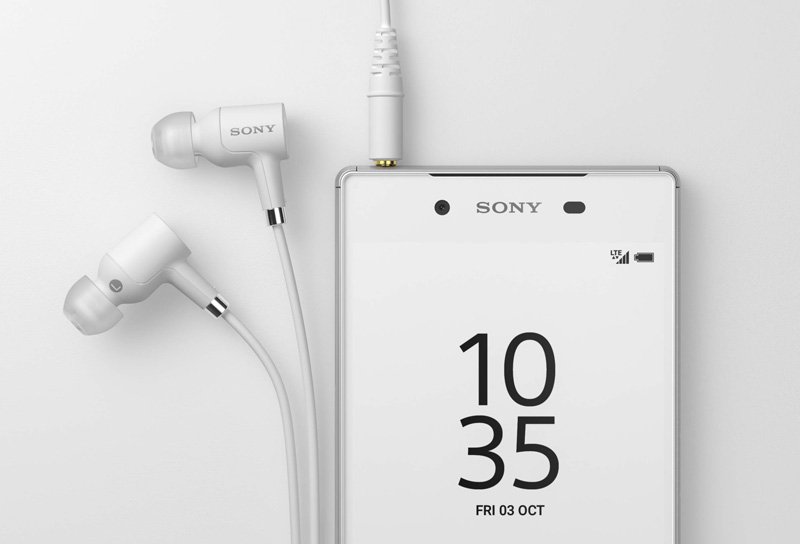
Right now, I can imagine a lot of eyes are looking towards the Sony Xperia Z5 Premium. It certainly has enough interesting hardware specifications to stand out from the crowd, that’s for sure.
The issue here is that it won’t be the case for long. Give it a couple of years and the Sony Xperia Z5 Premium will no longer be at the top of its class. Its amazing hardware will look less impressive over time, and standard flagships will outperform it. If Sony were to continue their Premium range, you can also guarantee that it’ll feel outdated within a year just when comparing it to Sony’s smartphones alone.
Not everyone can grasp it
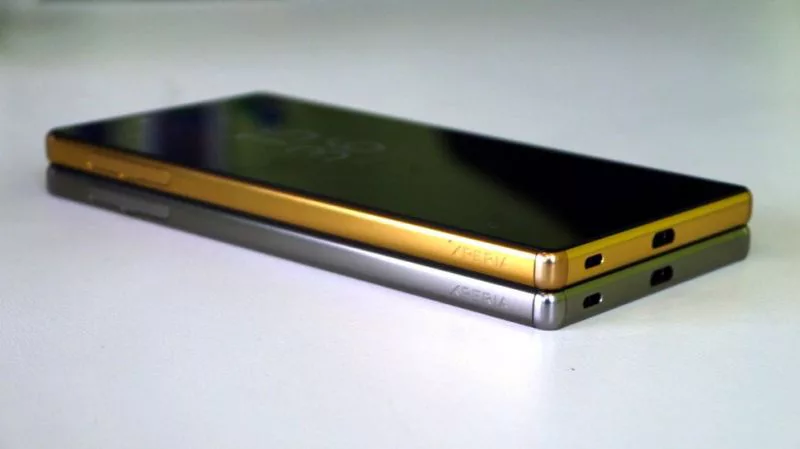
Whilst investing a premium price each year for the very best smartphone may be possible for some, it’s not easy for most consumers. When purchasing a premium car, premium audio or a premium cooking appliance, you’ll know it’ll last you a lot longer than a premium smartphone would, and smartphones are constantly being refreshed at a much higher rate than products in other industries.
As a result, it’s incredibly hard to tell yourself purchasing the most expensive version (like the Z5 Premium) of a new flagship lineup each year. Is it really something that’s worth your money?
So, there we have it. I have my doubts about Sony’s new approach to the market, but I’ll stay wishfully positive for their future because they do have a big footprint in the smartphone industry.
